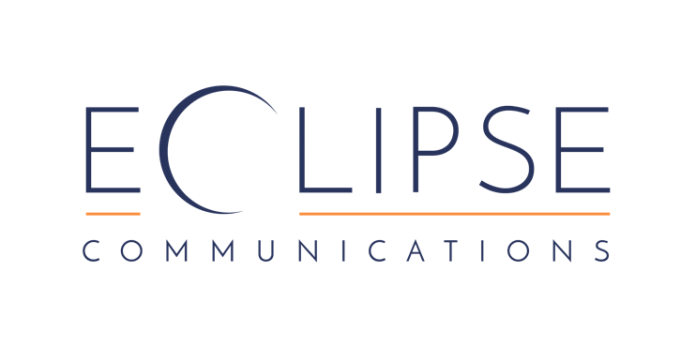Jacki McEwen-Powell, founding partner and strategist at Eclipse Communications, says today’s workforces expect messaging that is more inclusive, personally relevant and decidedly digital. In short, companies need to engage with employees more than ever before.
This is underlined by Beekeeper’s Internal Communications Trends in 2021, which notes that in 2020, 84% of employees felt their company’s management did not share enough information and 75% felt out of the loop when it came to company policy changes or other important information.
With ongoing concerns around the pandemic, employee anxiety remains at an all-time high. A 2020 survey by Pharma Dynamics reveals a significant increase in psychological and emotional stress amongst South Africans as a result of COVID-19, with 56% of respondents noting higher levels of distress than before the pandemic. This can lead to a disengaged workforce, which costs employers in the long run.
This means maintaining transparency, emphasising sustainability, recognising employees, keeping the lines of communication between employees and management open, and allowing time and space for informal interactions in virtual settings that mimic what they miss about their conventional ‘watercooler’ interactions.
Trends that emerged in response to the pandemic will continue to shape the future of corporate communications. According to local industry bodies, Institute of Internal Communication and the Chartered Institute of Public Relations, employers need to remain employee-centric.
There are three main areas that employees want communication on:
– Remote working and business continuity (89%).
– Public health information (64%).
– Driving positivity in uncertain times (61%).
Know who you are talking to
WorkPlace notes that as much as 80% of the global workforce doesn’t sit behind desks all day. Remote operations increased the disconnect between colleagues, and there is a growing need to effectively connect all employees – be they frontline, remote, deskless or office-bound – to drive business productivity and success.
All is not equal when it comes to access to computers and other tools for desk-bound versus deskless employees. Deskless or remote employees deserve to be part of the conversation, and not including them will make them feel even more isolated, undervalued, and unmotivated.
According to Gallup:
– 71% of deskless or remote employees are not actively engaged in their businesses.
– 85% say that the communication they receive just is not enough.
Add that personal touch
A company’s success is directly linked to the quality of its employees’ experiences, and understanding the ‘who, what, where, when, why and how’ of employees is crucial to tailoring messaging for them. When they are inundated with information, they often filter out communication they don’t feel is personally relevant to them. This could mean that critical messages remain unread, unheard or unwatched.
In the UK alone, 65.2% of employees say their work is negatively affected by the sheer volume of data they have to process while at work. Ultimately, companies need to consider creating more personalised and interactive channels and content (memes, video content, infographics) to better the employee experience, keep them engaged and drive a deeper connection between peers, as well as employees and employers.
Drive the digital agenda
Cross-platform digital offerings are replacing the intranets of old and paving the way for effective and engaging internal communication, with mobile apps driving the conversation. According to Dell Technologies, eight in 10 organisations are fast-tracking parts of their digital transformation agenda in response to the current climate. CustomerThinks claims that 44% of employees want wider adoption of internal communication tools, while 85% use more than one device to communicate at work.
Cloud-based enterprise social networks (ESNs) such as Workplace and Yammer have led to greater rates of engagement, however these are merely the tip of the iceberg of what’s possible. Bankmycell says that as many as 3.5 billion people worldwide use smartphones, with Statista predicting this to rise to 7.33 billion by 2023.
With the majority of today’s workforce using mobile devices, mobile-friendly apps can provide quick and effortless ways to communicate, irrespective of employee location. A single mobile communication hub can eliminate silos and include an array of features, including shift scheduling, and even user data and payslips.
Create a data-driven culture
If we cannot measure it, we should not be doing it; and in this digital-first era, internal communications teams have more metrics at their disposal than ever before. However, insights from Unily say that as few as 43% of companies use this data to drive business decisions. Strategic internal communications are truly successful when their effectiveness can be measured and quantified. Measurement metrics have evolved to provide behavioural patterns, content preferences, time of day posting and even engagement rates.
Do not just inform – inspire action
Effective internal communications are the foundation of success, and as quoted by Viktoria Tegard, Head of Internal Communications at Virgin Atlantic Airways, companies who want to remain competitive and successful need to ensure they involve, motivate and inspire colleagues.
ECLIPSE COMMUNICATIONS
eclipsecomms.com










